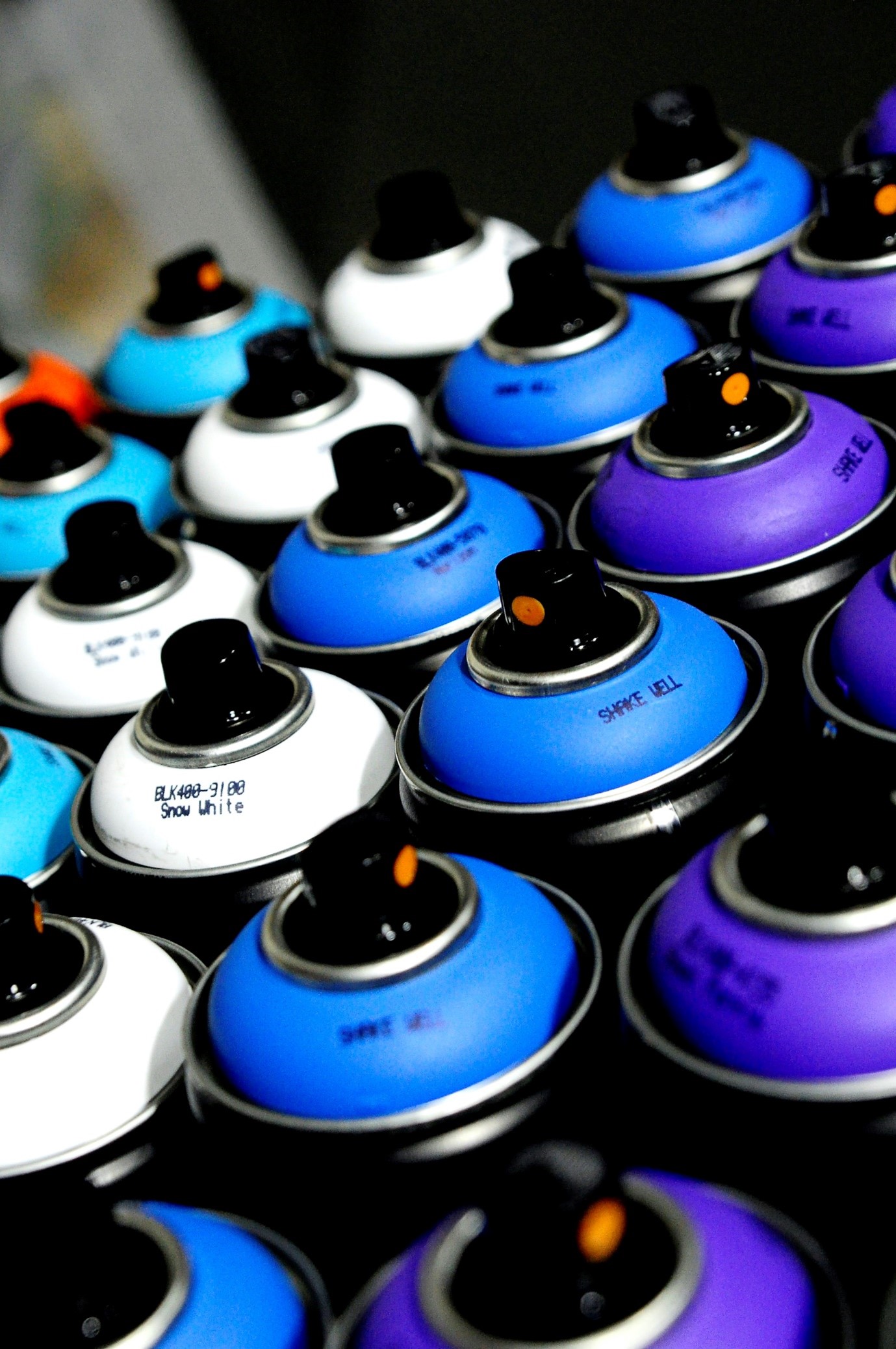
Sci&Tech Editor Leah Renz breaks down the chemistry involved in Paris Fashion Week’s showstopper spray-on dress
It’s not quite water into wine, but Coperni’s liquid spray into clinging fabric seems to be the closest fashion equivalent. Eerie electronic music by the musician Rival Consoles reverberates in the background as this dress materialises before our eyes to close off Coperni’s Spring/Summmer 2023 collection at Paris Fashion Week. Scientists encircle the nearly-nude Bella Hadid and spray her body with a white polymer solution. Within seven minutes, Bella Hadid is clothed in a totally new design. Scientists encircle the nearly-nude Bella Hadid and spray her body with a white polymer solution
The liquid solution is comprised of short synthetic fibres bound together with polymers (repeating molecular chains). Once sprayed onto the skin, the solution dries almost immediately, leaving a layer of non-woven material. This material can then be shaped into clothes, and taken off like a typical t-shirt, or cut open and re-sprayed again.
The fibres within this solution can also be exchanged, from synthetic to silk or cotton and spraying several layers results in a thicker final fabric. The name of this solution is Fabrican and its inventor, British designer Manel Torres, envisions a future in which people are able to pack outfits in spray cans and go to dinner in spray-on suits and seamless silky evening dresses. British designer Manel Torres envisions a future in which people are able to pack outfits in spray cans
Besides a futuristic aesthetic and novel application method, Fabrican claims to promise a more sustainable future for the production of clothes. Their website explains that this technology “compresses the industrial supply chain” and therefore “reduces reliance on overseas component suppliers, thereby reducing its carbon footprint”. The chemicals used in the process are non-volatile organic compounds which do not contribute to the depletion of the ozone layer.
Nonetheless, is spray-on clothing really going to become an everyday reality, or will it remain simply a cool bit of performance art, confined to the rarefied circles of haute couture? There is surely still much more work to do before Fabrican hits our high streets, but in the meantime, I can only hope to see more use of art for the exploration of innovative technology.
Enjoyed This? Read More from Sci & Tech here!
Lamina1: Neal Stephenson’s Anti-Commercial Metaverse

Comments